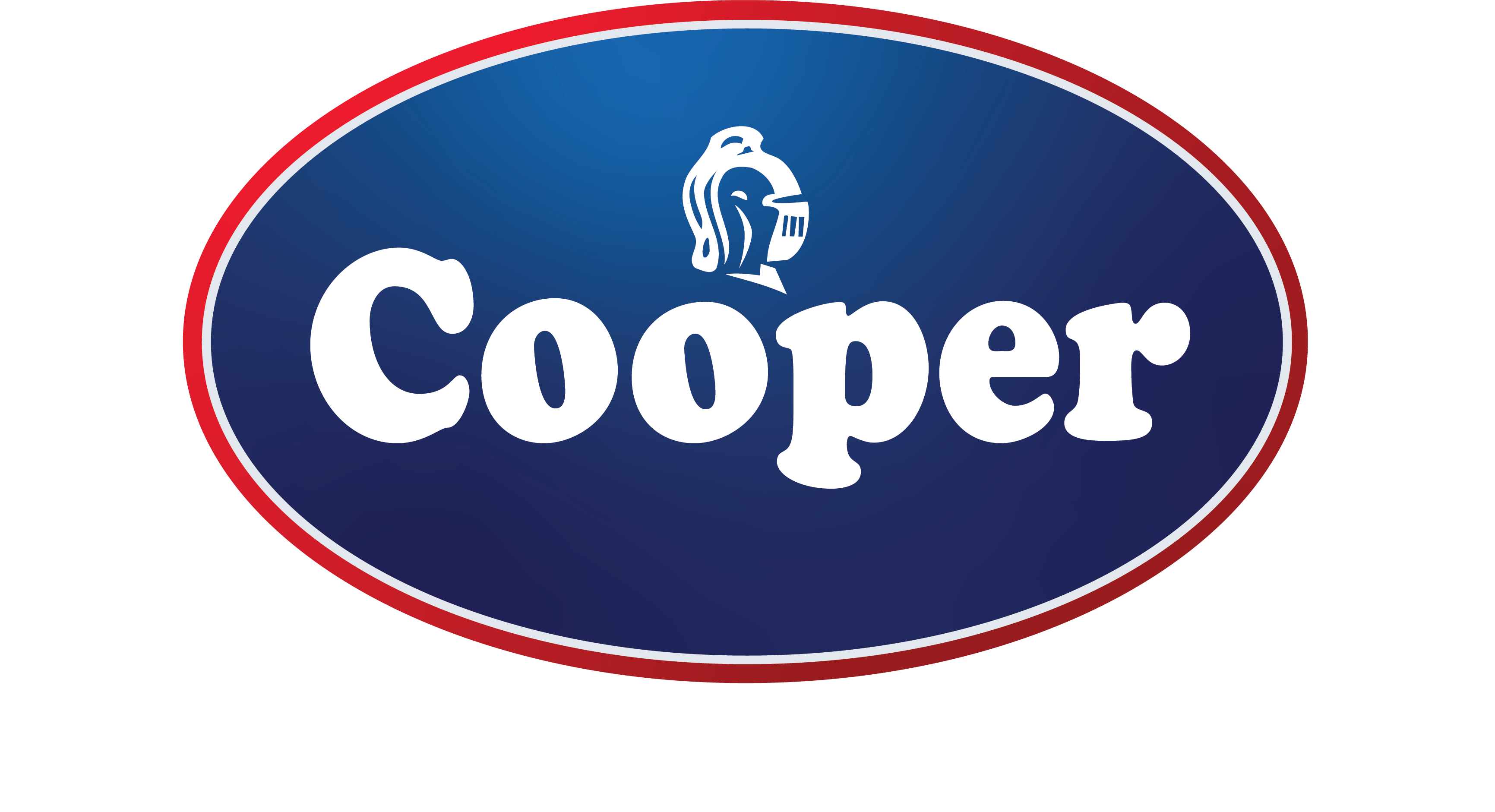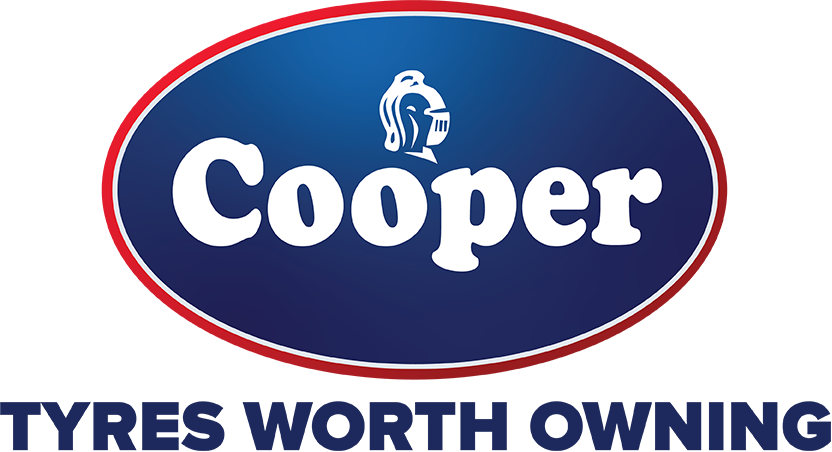Our Outback Trip! The Cooper Tires Team Takes on the Sturt Stony Desert
Just like you, we’re all mad on adventure and escaping to the wild places of the world: there’s nothing like going so far off the beaten path that you’re actually off-road, in the mud and making tracks on an otherwise untouched, isolated piece of remote Australia.
So when Cooper Tires sent two of their top engineers to Australia to test their tyres and gather data in some of the toughest conditions you could encounter off-road, we naturally packed our bags and swags and proceeded to show them the best of outback Queensland, with a dash of remote New South Wales and South Australia thrown in for good measure.
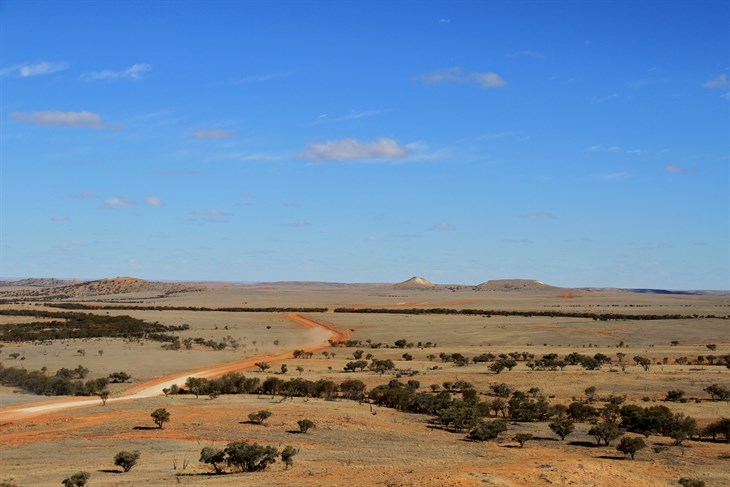
Heather Mosier manages the SUV and Light Truck Tire Development team at Cooper Tires USA. Up until about a year ago, Heather’s speciality was Ultra High Performance tyres. Ken Reuille is Lead Tyre Engineer and best known as the man behind the much-lauded S/TMAXX.
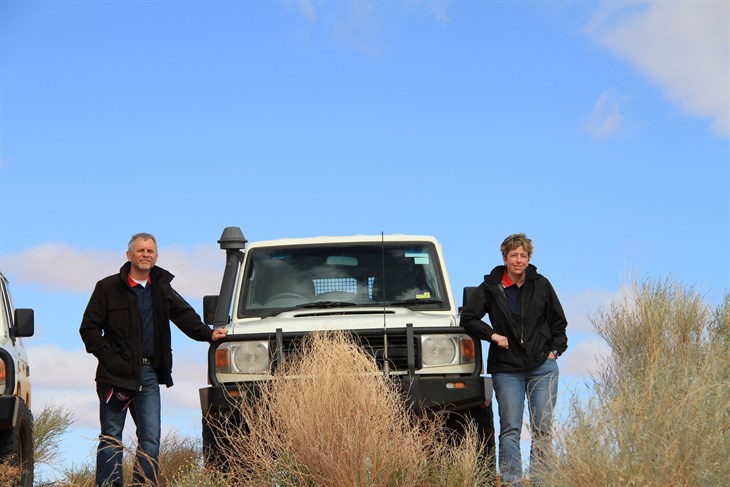
Heather and Ken set out with five of us from Cooper Tires Australia and Matt Raudonikis from 4X4 Australia in 76 Series Toyota Landcruisers. The Cooper Tires team drove a total of 16,000km over five days to find out if the Cooper tyres would show the right level of cut-n-chip resistance in the field.
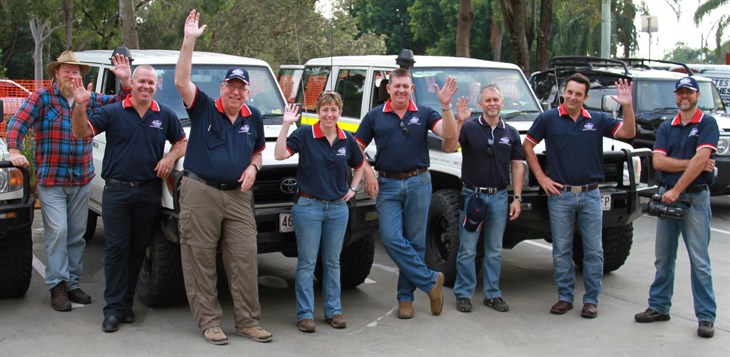
The Cooper Crew and 4X4 Australia’s Matt Raudonikis
After careful consideration, we chose the Sturt Stony Desert as our outback destination. Named after the explorer Charles Sturt, most of the desert is covered in gibber (closely compacted stones) sitting loosely on top of clay – the perfect terrain for finding out if your tyre’s compound and tread pattern have good cut-n-chip resistance. The remoteness of the area also had an additional attraction: we could really let loose, have fun and push our tyres to the max without unwittingly endangering others!
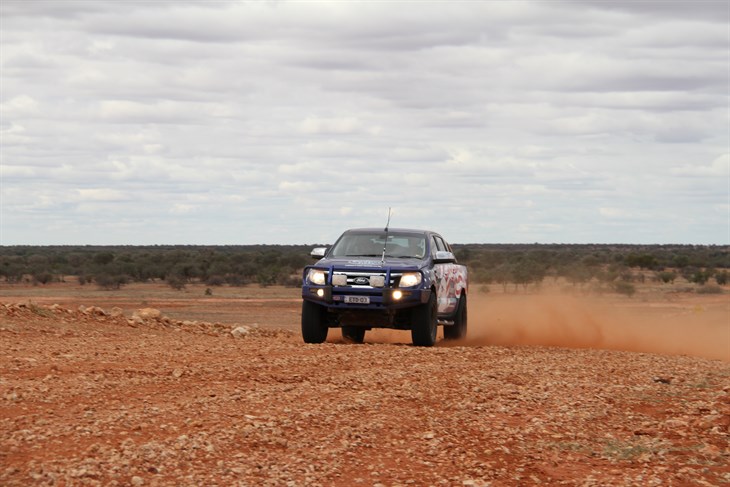
Day 1
The first day was spent on the bitumen travelling from Brisbane to Bourke (approximately 900km) – a good reminder in why road manners are still an important tyre feature even if you’re a passionate off-roader. Things to look out for on-road are steering response and comfort levels. A chat with each driver at the end of the day determined that everyone’s tyres had great road manners considering we were using Cooper’s off-road mud tyres.
Day 2
Today, the real fun started: we drove from Bourke to Innamincka via Wanaaring, Tibooburra, Cameron Corner and the Old Strzelecki Track. For anyone who might not be familiar with the Old Strzelecki Track, it is a scenic route that follows the Strzelecki Creek but unfortunately not too well-maintained: some sections are sandy, there are creek crossings that require extra care and some parts of the track have holes on the edges where the clay has broken off. Luckily, this sort of track was exactly the kind of terrain we love driving most! There were bumps, jolts and ruts, but once the tyres were adjusted down to the right air pressure it was (by off-road standards) smooth sailing.
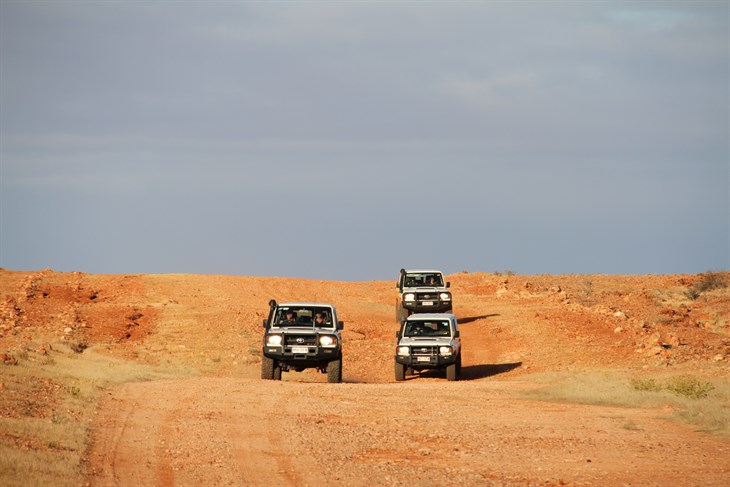
Day 3
We embarked on a loop drive from Innamincka via Cordillo Downs, the Birdsville Development Road and the Planet Arrabury Road. Cordillo Downs was once Australia’s largest sheep station, and at its peak over 85,000 sheep were sheared in one season. Today, Hereford cattle call it home and all that is left of Cordillo Downs’ sheep farming history is a heritage-listed woolshed that we took our American guests to. The roads out here in channel country are challenging: undulating rock-covered plains with the occasional sandy hill and claypan thrown in to keep you on your toes.

It’s a hard life working at Cooper Tires…
Coincidentally, we also met a pair of scientists who were driving on S/TMAXX’s here. Danielle and Ryan work for the Department of Primary Industries and are based in Longreach, but their real work is mostly done in the outback driving massive distances to estimate the population of locusts and grasshoppers to keep an eye out for the potential of locust swarms of biblical proportions decimating crops. Naturally, we asked them how the Coopers were holding up in the outback and I think Ken especially was pleased to hear that his babies were their tyre of choice.
“Out here, tyres wear out incredibly fast,” Danielle said. “We used to get less than 30,000km from our previous tyres but the Coopers usually last at least 40,000. We also used to get a lot of punctures on other brands, but so far these tyres have only had two.” A big plus when you consider that temperatures can climb to 50°ᶜ in the summer months!
Day 4
We waved goodbye to Innamincka and drove roughly 500km to Thargomindah. We used this opportunity to do some filming and interview Ken and Heather with the stunning outback scenery forming the background; it was a great chance for our team and Matt from 4X4 Australia to ask the really tough questions and get expert answers. We also managed to squeeze in a couple of tourist attractions at Nappa Merrie: the iconic Dig Tree where the Burke and Wills expedition buried some provisions and the Face Tree where John Dick carved Burke’s face in 1898.
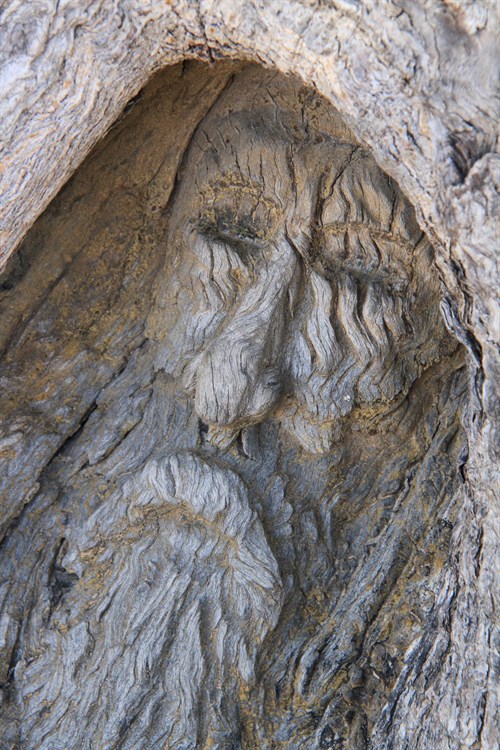
The Face Tree
Having accomplished everything that we set out to do on the trip, we got back on the bitumen and started out on a 13-hour drive covering over 1,000km to get back to Brisbane. On the whole, the entire team was happy with how our Coopers had held up under some pretty strenuous driving: we had travelled a collective total of 64,000km in four vehicles and not a single tyre had a puncture. The best part of it was that we literally felt the improvement in quality between our older-model and newer-model tyres; the handling, performance and durability was quite simply superior in many ways.
Ken and Heather had lots of test data and subjective feedback from the Cooper Tires Australia team to take back to America with them to continue their work improving the tyres – we can’t wait to see what they’ll come up with next!

If you’ve tested your Coopers in the outback or are thinking about taking on the Sturt Stony Desert, contact us or call us on 1300 COOPER to tell us about it.
